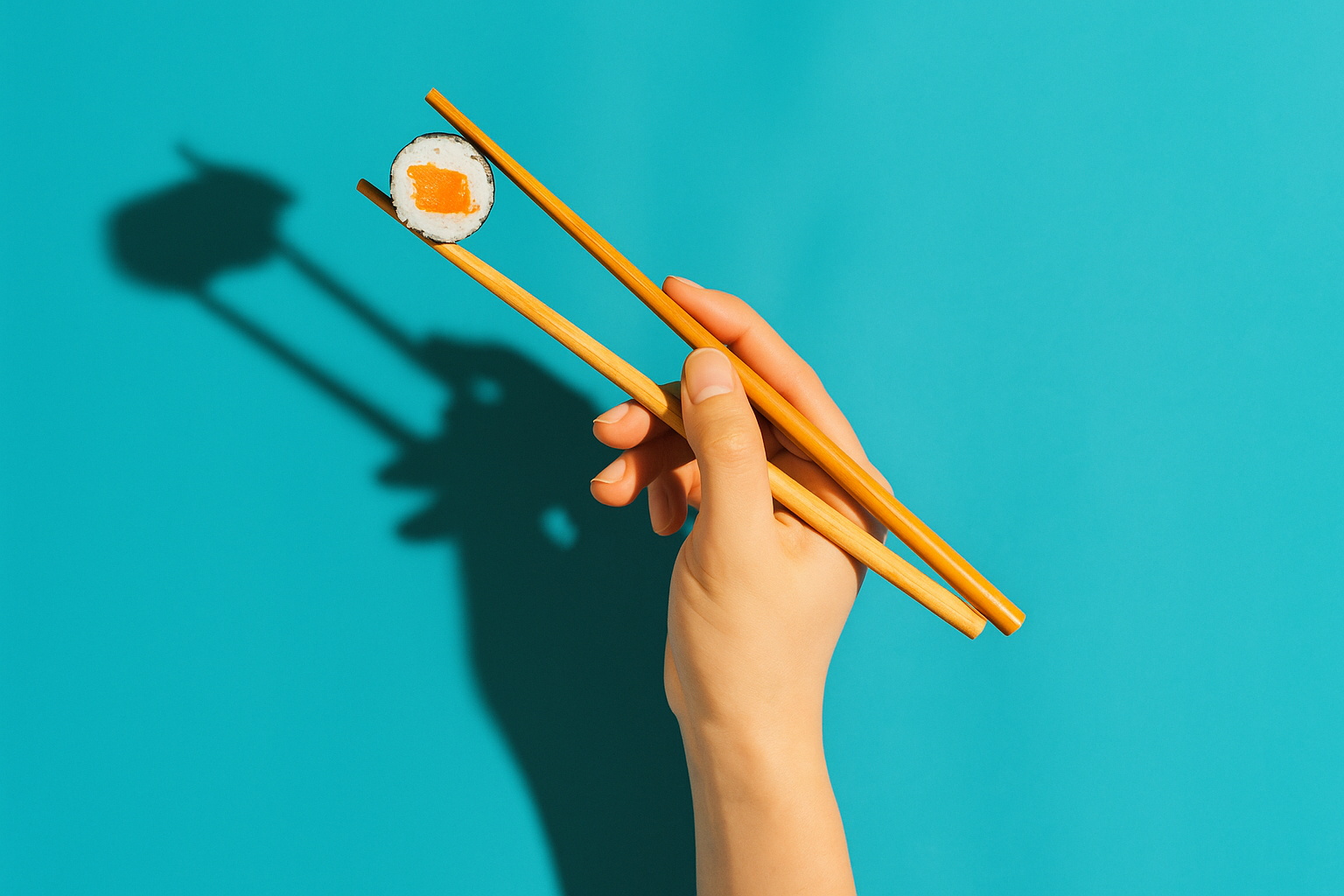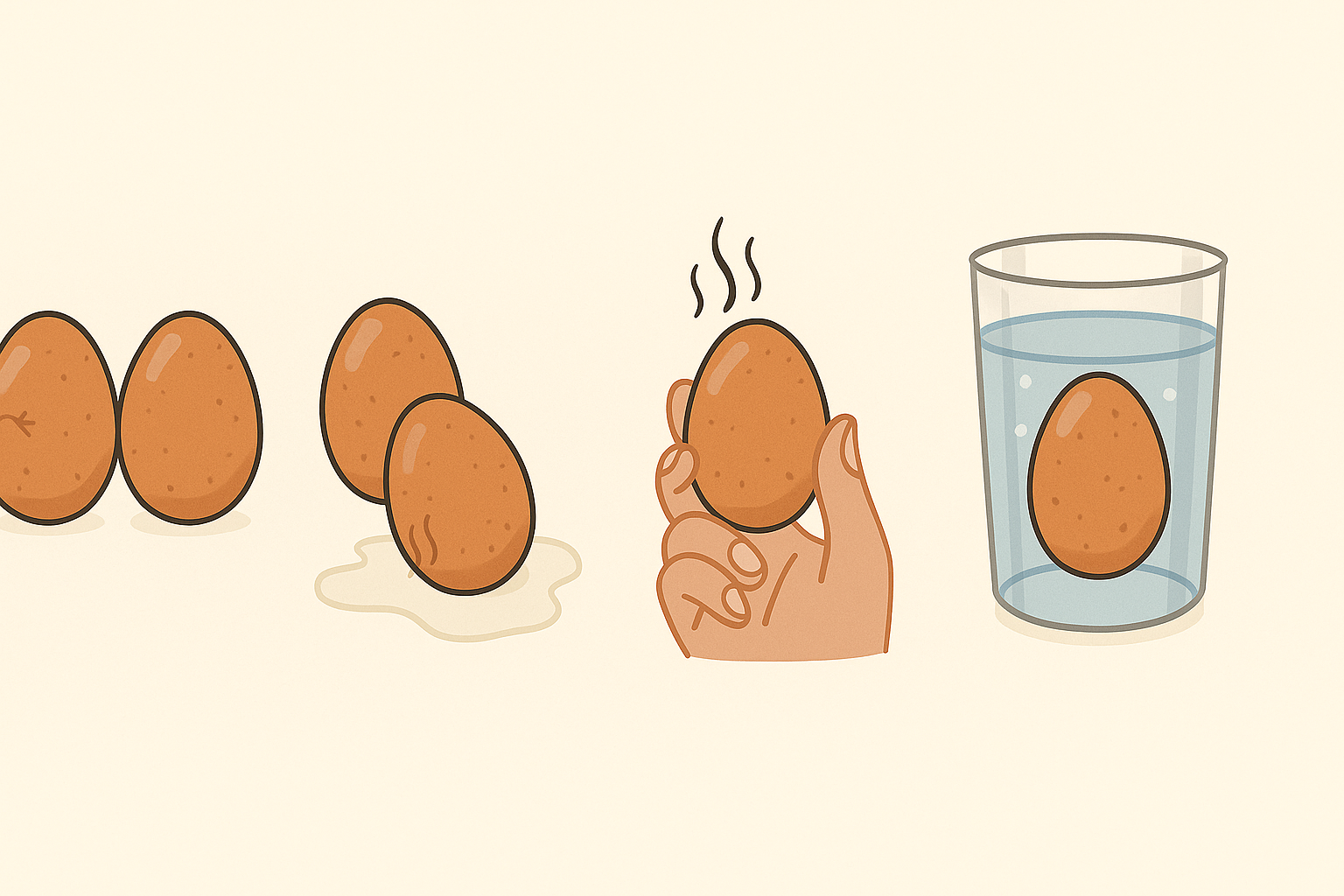Understanding Horse Sleep Patterns
Like humans, horses require sleep to maintain their health and well-being. However, the way horses sleep is very different from how we do it. Horses are prey animals, which means their sleep habits have evolved to prioritize alertness and the ability to flee quickly in the wild.
Horses experience two primary types of sleep:
- Slow-Wave Sleep (SWS): A light, restorative sleep.
- Rapid Eye Movement (REM) Sleep: The deep sleep stage where dreaming and muscle relaxation occur.
Yes, Horses Do Sleep Standing Up – But It’s Not That Simple
Horses can and do sleep while standing, but this mainly applies to slow-wave sleep, not REM sleep.
How Horses Sleep While Standing
Horses have a special anatomical feature called the “stay apparatus“—a system of tendons and ligaments in their legs that allows them to lock their joints and relax their muscles without falling over. This mechanism lets them snooze without the risk of collapsing, all while remaining upright and ready to move at a moment’s notice.
Standing sleep is particularly advantageous for:
- Quick escape from predators
- Short naps during the day
- Avoiding pressure sores or stress on internal organs
But Horses Need to Lie Down for REM Sleep
Despite their ability to sleep while standing, horses must lie down to experience REM sleep. This is because REM sleep causes muscle relaxation, and if a horse were to enter this phase while standing, it would lose muscle control and potentially fall over.
Most horses lie down for REM sleep for short periods—usually about 20 to 30 minutes at a time. On average, a horse may only need two to three hours of lying-down sleep per day, spread out in short bursts.
How Often Do Horses Sleep?
Horses are polyphasic sleepers, meaning they sleep in multiple short periods throughout a 24-hour day. Their sleep is often broken up into:
- Short naps while standing (several times per day)
- Lying down for REM sleep once or twice a day (usually at night or in a safe environment)
Factors That Affect Horse Sleep
On average, a horse may sleep a total of 2.5 to 5 hours per day—far less than humans.
Several environmental and physiological factors influence whether a horse feels comfortable enough to lie down:
- Safety: Horses need to feel safe and secure to lie down. Insecure or stressed horses may go days without REM sleep.
- Surface and comfort: Horses prefer soft bedding or grassy areas for lying down.
- Space: Horses in overcrowded stalls or pastures may not get enough REM sleep.
- Health: Pain, injury, or neurological issues can interfere with sleep behavior.
Signs of Sleep Deprivation in Horses
If a horse doesn’t get enough REM sleep, it may suffer from sleep deprivation, which can manifest as:
- Excessive yawning
- Irritability or nervous behavior
- Sudden collapsing due to microsleep episodes (brief involuntary REM sleep)
Owners should monitor their horses’ behavior and sleeping environment to ensure they’re getting sufficient rest.
Do Foals Sleep Standing Up?
Young horses, or foals, tend to lie down more frequently than adult horses. They spend much more time sleeping, including deep REM sleep, while lying down. As horses mature and become more alert to their environment, their sleep patterns gradually shift to include more standing naps and fewer long rest periods.
Herd Behavior and Sleep
Horses are social animals and often live in herds. In the wild and even in domestic settings, herd dynamics influence sleep:
- Sentinel Behavior: While some horses lie down to rest, others will remain standing and alert to protect the group.
- Shared Rest Periods: Horses often rest at similar times of day and may lie down together in groups when they feel secure.
Final Thoughts: The Answer to “Do Horses Sleep Standing Up?”
Yes, horses do sleep standing up, but they can’t achieve deep REM sleep in that position. For full, healthy rest, horses need both standing naps and lying-down REM sleep in a safe, quiet, and comfortable environment.
Understanding this unique aspect of equine behavior not only deepens our appreciation for these majestic animals but also helps owners and caretakers provide better living conditions and promote overall horse health.
Key Takeaways:
- Horses sleep while standing using the stay apparatus in their legs.
- They must lie down for REM (deep) sleep.
- A horse may sleep 2.5–5 hours total per day, with only 20–30 minutes spent lying down.
- Safety, comfort, space, and health affect a horse’s ability to sleep properly.
- Sleep deprivation can lead to dangerous consequences like collapse.







Leave a Reply